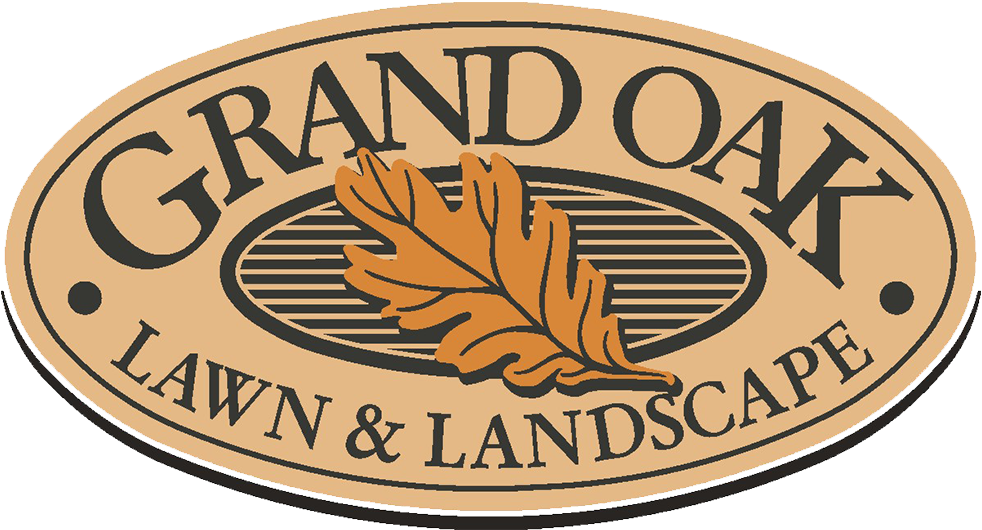What is Thatching?
So, what is it?
Thatch is a tough layer of fibrous material that accumulates between the top of your lawn’s soil and the base of the grass blades. It’s a layer of dead grass debris that has not yet decomposed. Since it is at the base of your grass rather than on top of it, thatch can sometimes be difficult to spot, making it easier for it to get thicker and thicker without you noticing.
Thatch can be a good thing
Though thatch is often a problem for your lawn, it can actually sometimes be a good thing depending on how thick it is. Thatch that is up to a half-inch thick is generally good for your lawn because it’s at the right level to help protect grass roots and retain moisture. If you notice a relatively thin layer of thatch in your lawn, it may be a good idea to leave it alone, though you’d be wise to keep an eye on it in case it starts getting thicker.
Why is thicker thatch bad for your lawn?
When thatch is more than half an inch thick, it can start causing problems for your lawn. It can prevent your soil from getting enough light, water, air, and fertilizers, which can result in a whole slew of problems. When your grass does not get enough light, it’s forced to grow faster and will become thin and frail. Air, water, and fertilizers being blocked off will almost always result in slower growth and unhealthier grass.
Thicker thatch can also play hosts to harmful pests and diseases. Chinch bugs are a grass-eating pest that hide in thick thatch and can do heavy damage to your lawn, and brown patch is a disease that often festers in thatch, and can rapidly turn your grass brown before you get it under control. Lastly, a lawn with a thick layer of thatch is more prone to weeds.
What can you do?
There are a number of things you can do to prevent thatch from growing too thick and causing problems for your lawn:
- Set your lawn mower to cut at a length of 2’’ to 2 ½ ‘’. Doing this will encourage deep root growth.
- Prevent soil compaction by aerating your lawn.
- Mow your lawn less frequently and try to keep the grass high.
- Avoid the use of pesticides.
- Make sure your soil’s pH level is between 6.0 and 6.8. Thatch will decompose the fastest at these pH levels.
How to keep thatch to a minimum
If you are dealing with a thicker layer of thatch, you can break it down using a mechanical de-thatcher. A de-thatcher features cutting blades that are completely adjustable and are used to remove thatch; the lower the blades are set, the more thatch will be removed.
